Southeast Asian species an important contributor to the country’s growing aquaculture production
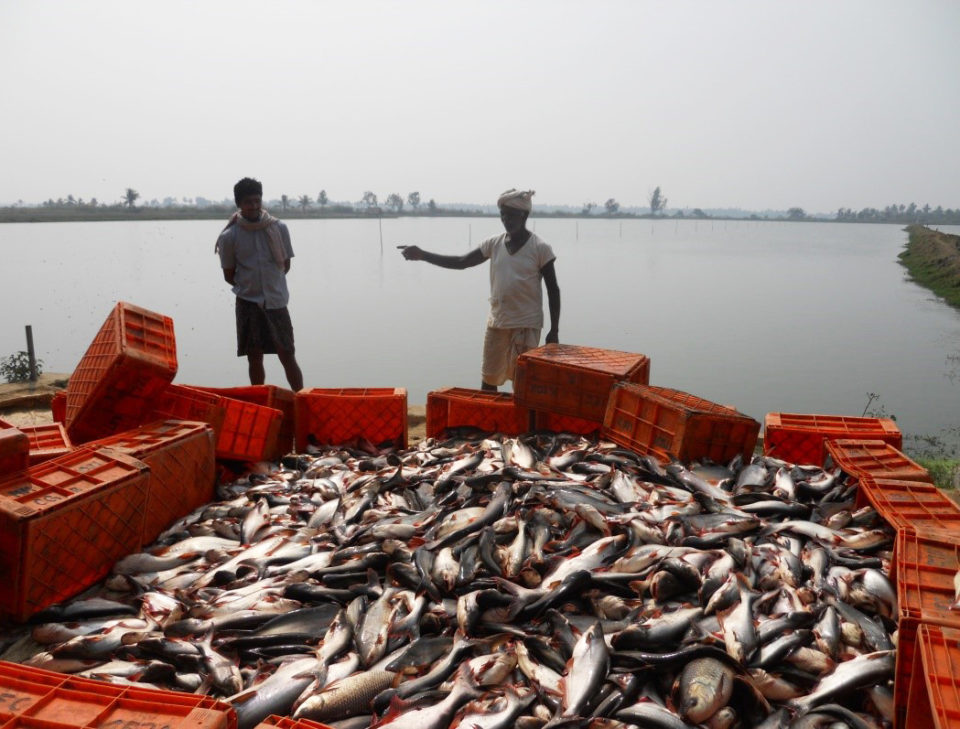
For India, the second-most populous country in the world, food security is a major concern to support the health of its people. The country has enjoyed economic growth in recent years, and fishing and fish farming have been important economic activities for many years, significantly contributing to the country’s gross domestic product, or GDP.
India’s aquaculture industry has developed over the years, overcoming several challenges (including disease outbreaks), to become a significant contributor to the world’s seafood trade and aquaculture production. Today, the country is an important trade partner to the major importing countries of the world such as the United States, Japan, China and throughout Europe.
The major cultured species are the Indian major carps (catla, rohu, mrigal), silver carp, common carp, grass carp (Chinese carp), marine shrimp (Litopenaeus vannamei, Penaeus monodon), giant freshwater prawn and others.
Some species have been introduced to promote species diversification, development and adoption of new production technologies to help meet productivity challenges, help manage disease outbreak issues, to supply animal protein to an increasing population, to help the country’s seafood exports to remain competitive in international trade, and to generate foreign currency. The main introduced species that are currently cultured include pangasius (Pangasionodon hypophthalmus), Pacific white shrimp (L. vannamei) and tilapia.
The increasing demand for seafood in its domestic markets are promoting and strengthening the production of species like pangasius, which can fetch INR 150 to 200 ($2.34 to $3.11) per kg on the local markets.
Industry development
Per the United Nations’ Food and Agriculture Organization, pangasius was introduced in India in 1995 [P1] (Rao, 2010), with seedstock brought in from Thailand through Bangladesh, and large-scale culture was started in the states of West Bengal and Andhra Pradesh. Hatchery technicians from West Bengal learned seedstock production techniques, and became the source of seedstock for other fish farmers in India. But there are still a few farmers who buy pangasius seed from Bangladesh.
In India, pangasius can be farmed under monoculture or polyculture with carp species. The species can grow to 1 to 1.5 kg in one year, and typical annual yields are around 10 to 15 tons per hectare. According to the National Fisheries Development Board, by 2008 it was estimated that pangasius was already being farmed in an area of about 40,000 hectares. Culture of this species in India has grown over the years and become popular among fish farmers in several states. Current production is estimated at around 400,000 to 425,000 metric tons per year (GAA GOAL 2016 data).
In comparison, the native catfish – known as Indian magur (Clarias batrachus) – has lower growth rates under culture conditions, although it fetches higher market prices. It reaches a marketable size of 100 to 150 grams in 10 to 12 months, and only yields 2 to 3 tons per hectare, according to the Central Institute of Freshwater Aquaculture, India.
Mugaonkar, pangasius in India, Table 1
| Category of sample farms | Total harvest tons per farm | Home consumption | Sold at farm to consumer | Wholesale-broker sales: TOTAL | Wholesale-broker sales: West Bengal | Wholesale-broker sales: Maharashtra | Wholesale-broker sales: Assam | Wholesale-broker sales: Haryana | Wholesale-broker sales: Bihar |
|---|---|---|---|---|---|---|---|---|---|
| Small | 81.76 | 0.49 (0.6) | 0.65 (0.8) | 80.62 (98.6) | 52.5 (65.12) | 13.8 (17.1) | 8.5 (10.5) | 3.52 (4.37) | 2.3 (2.8) |
| Large | 292.04 | 0.29 (0.10) | 1.17 (0.4) | 290.59 (99.5) | 217.5 (74.85) | 49 (16.8) | 11.2 (3.8) | 9.6 (3.3) | 3.2 (1.10) |
| Overall | 184.79 | 0.52 (0.28) | 1.15 (0.62) | 183.12 (99.1) | 134.2 (73.29) | 30.2 (16.4) | 8.4 (4.5) | 6.7 (3.6) | 3.5 (1.9) |
Until 2012, the commercial production of pangasius was only carried out in ponds, and farmers had started to switch back to the production of carps because of the consistent lower prices for pangasius. But in late 2012, some private companies started experimentally culturing pangasius in cages in states like Maharashtra. This somewhat promoted the demand for seedstock and for the establishment of pangasius hatcheries, but only a few hatcheries were setup – in the States of West Bengal, Andhra Pradesh and Maharashtra – and operated on an irregular basis as the demand for seed was not steady.
The government of India started promoting the culture of pangasius in cages in reservoirs and other water bodies a few years ago, and in 2016 the National Fisheries Development Board produced its NFDB Manual on Guidelines for Pangasius Cage Culture. The government – through its “Blue Revolution” mission – has funded and supported several cage farming projects. In this regard, the government, through the National Agriculture Development Scheme recently sponsored the project “Demonstration of Cage Culture Technology in Himachal Pradesh Reservoirs.” (Indian Council of Agricultural Research/Central Inland Fisheries Research Institute; ICAR/CIFRI). This is a timely motivation for promoting increased fish production and livelihood support for the inland producers in the state.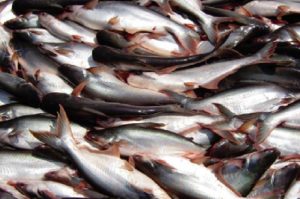
The culture of pangasius in cages is also of particular interest to many prospective entrepreneurs, who have shown interest in the lease of reservoirs for fish production in cages. In the state of Maharashtra, cage culture of pangasius began in late 2009 in several locations, including the Dhasai Dam.
A recent cage culture trial in the Ujani reservoir in Maharashtra further demonstrated the significant potential for cage culture. The state of Jharkhand is developing reservoir cage culture, and there are several cages in production in the dams of Tenughat and Konnar, with government support through the National Mission for Protein Supplement. And fish farmers in the state of Chattisgarh are breeding pangasius and are supplying significant numbers of seedstock to other pangasius-farming states in India.
Issues
Several countries have faced antidumping issues with the United States: India had this issue with its shrimp exports, and Vietnam with its pangasius exports. In many cases this issue has resulted in producers finding new markets for their products, and has led to market diversification. Within India, seafood traders have made efforts to find new markets and have found them for pangasius in areas like Punjab, Haryana, Delhi, Chattisgarh (North India) and others.
Some private companies have tried to process farmed pangasius into fillets to enter the export markets, but these efforts have so far failed mostly due to the undesirable yellowish color of the farmed pangasius flesh. In addition, pangasius had to compete with other whitefish like carps.
Perspectives
The aquaculture industry of India has successfully developed in recent years, making the country an important supplier of seafood to the major global markets. Pangasius is one of the species that was successfully introduced years ago to promote species diversification and increase food supplies to its increasing population. Under the government’s call for a “blue revolution” in aquaculture and fisheries, the increased culture of this species will continue being an important component of the country’s growing aquaculture production.
References available from first author.
Authors
-
Dr. Pankajkumar Mugaonkar
Assistant Manager – Business Development
Growel Feeds Pvt. Ltd.
Andhra Pradesh, India
[109,111,99,46,108,105,97,109,103,64,114,97,107,110,111,97,103,117,109,106,97,107,110,97,112]
-
Dr. Nalini Ranjan Kumar
Principal Scientist
Fisheries Economics Extension and Statistics Division
Central Institute of Fisheries Education
Mumbai, India
[110,105,46,117,100,101,46,101,102,105,99,64,114,97,109,117,107,114,110]
-
Dr. Gauri Shelar
Department of Aquaculture
College of Fisheries, Ratnagiri,
Maharashtra, India[109,111,99,46,108,105,97,109,103,64,114,97,107,108,117,107,114,97,104,105,114,117,97,103]
-
Dr. Amruta Shete
Department of Aquaculture
Central Institute of Fisheries Education
Mumbai, India
[109,111,99,46,108,105,97,109,103,64,53,52,50,101,116,101,104,115,97,116,117,114,109,97]
Tagged With
Related Posts
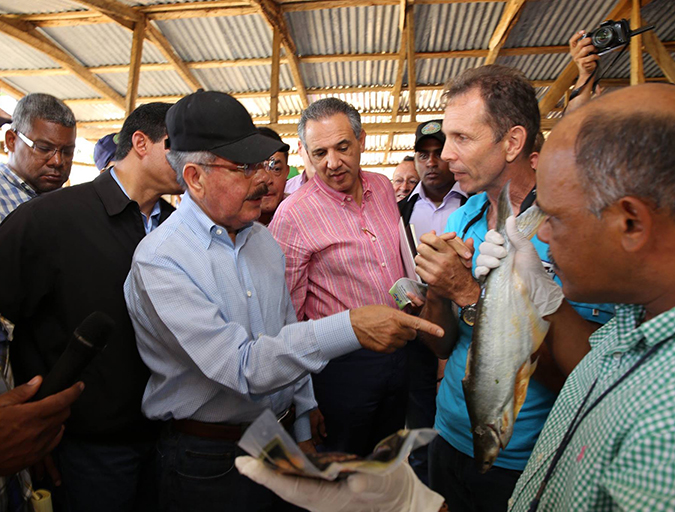
Innovation & Investment
Caribbean producer aims to make a name for sutchi
Pangasius farmed in the Dominican Republic? True story. Value Aquaculture, with partners hailing from Germany and Chile, is trying to get U.S. buyers to take a fresh look at the Mekong catfish species.
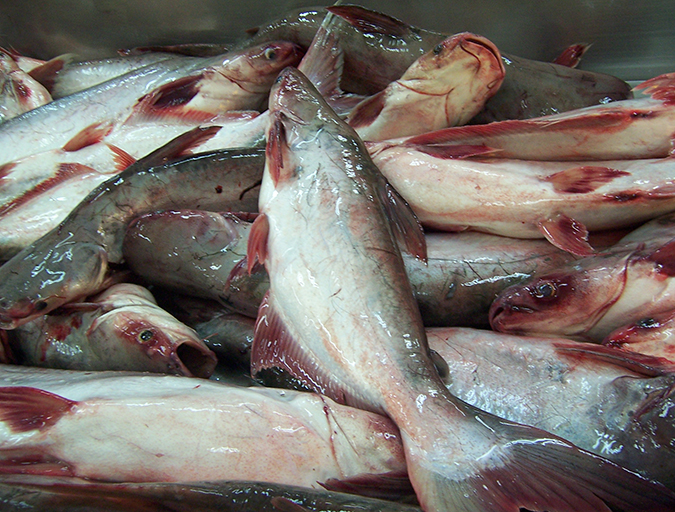
Intelligence
Risk v. hazard: A dispassionate look at pangasius
Vietnam’s pangasius industry captivated the global seafood industry, environmental organizations and the mass media. A scientific look at harmful substances detected in exported fillets and the reporting of the associated health risks through the media finds wide disparities.
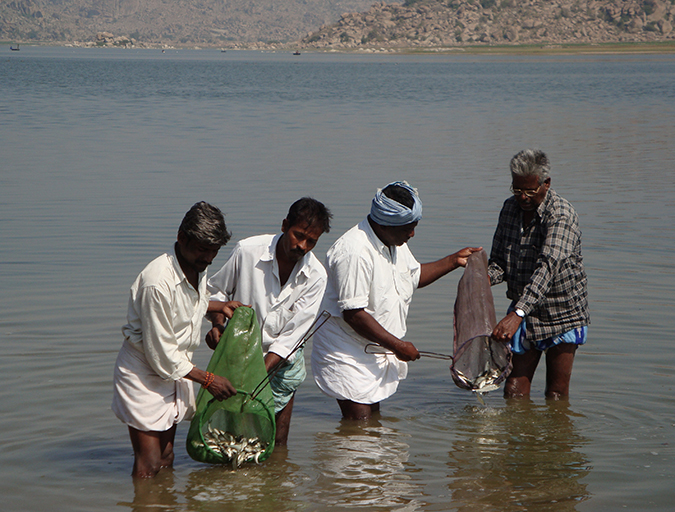
Responsibility
India’s reservoirs show significant potential for aquaculture
Reservoirs cover about 3 million hectares of surface area in India, and are a growing resource with enormous potential for increasing their fisheries and extensive aquaculture yield, as well as a source of increased employment.
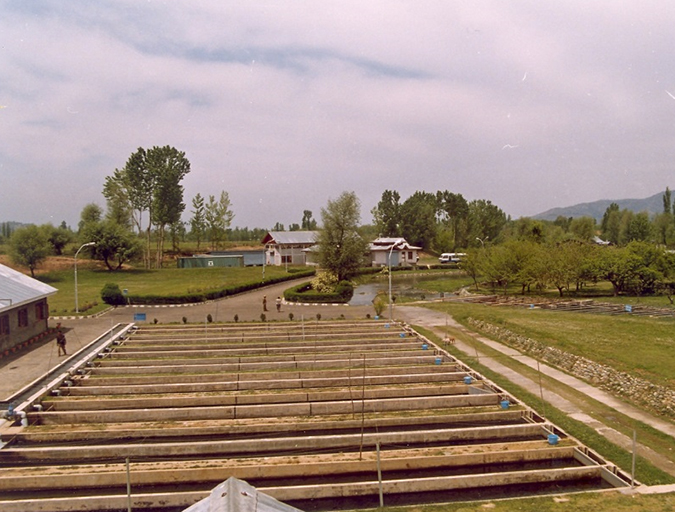
Intelligence
India a unique opportunity for rainbow trout farming
India has a small trout farming industry in the Himalayan and Southern Peninsula areas. Even though current annual production is only a few hundred tons, the country has many areas that, although geographically difficult to work in, also offer excellent, very large habitats and conditions for trout culture.


